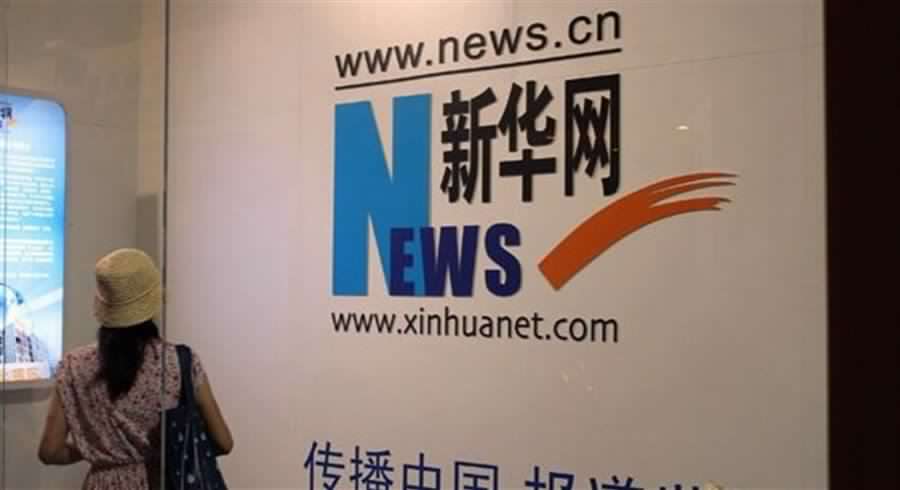12/11/2022 Libia, Tripolitania, Tripoli, Ain Zara
“If you ever come across anything suspicious like this item, please do not pick it up, contact your local law e enforcement agency for assistance”
The United Nations Children’s Fund (UNICEF) on Tuesday called for collective action against unexploded ordnance in Libya following the death of a child in the south of Libyan capital Tripoli. “The UNICEF is deeply shocked about the death of a 13-year-old boy yesterday succumbing to his injuries after a tragic incident on October 16 when he came in contact with explosive remnants of war (ERW) in the south of Ain Zara,” Michele Servadei, the UNICEF representative in Libya, said in a statement. “We need to take collective action to address the devastating impact of unexploded ordnance on children and families in Libya,” he said. The UN representative stressed the importance of increased awareness of the risks of explosive hazards for the safety of people living in areas that had been hit by armed conflict. The UNICEF “urges all parties to accelerate every effort to clear existing mines and unexploded ordnance and promote victim assistance, and to uphold children’s right to a safe and protective environment,” Servadei said. Violent clashes erupted in April 2019 between the eastern-based army and the former UN-backed government of national accord in and around Tripoli and lasted for over a year before the eastern-based army retreating from the area. The conflict has killed and injured many civilians, caused great destruction of property, and left much unexploded ordnance.Libya has been in a state of insecurity and chaos ever since the fall of former leader Muammar Gaddafi in 2011.
Photo-Source: xinhuanet.com–news.cn
Biography of a Bomb
Dear editors, Biography of a bomb is aimed at highlighting the danger caused by unexploded bombs. Moreover, the most important aspect is that we work completely non profit, raising awerness about this topic is what drives us. We apologize if we make use of pictures in yours articles, but we need them to put a context in how findings are done. We will (and we always do) cite source and author of the picture. We thank you for your comprehension.





